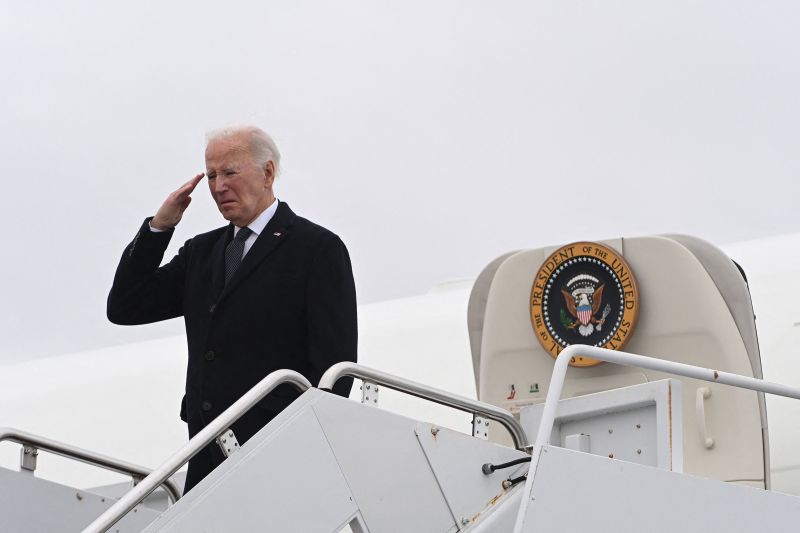Body
The first facet to consider when analyzing the US retaliation strikes against pro-Iranian militias in Iraq and Syria is the context that led to these events. The strikes were in response to the increasing number of drone and rocket attacks against U.S. and Coalition personnel in Iraq, which the U.S. government attributes to pro-Iranian forces. The five targets, including operational and weapons storage facilities at multiple locations in Iraq and Syria, were attacked to halt the militia’s capability and to deter further attacks.
The attacks, ordered by US President Joe Biden, represent a shift in the administration’s approach. The Biden administration has projected a desire to de-escalate tensions and diplomatically engage Iran, particularly over the renewal of the 2015 nuclear deal. However, these strikes indicate a realm where the administration feels it needs to hold Iran accountable for its proxies’ actions in Iraq and Syria.
The retaliation strikes against Iran-backed militias, Kata’ib Hezbollah (KH) and Kata’ib Sayyid al-Shuhada (KSS), carry a multi-layered message. Domestically, they serve as a reassurance to national security forces and the broader public that the administration is prepared to defend American assets and interests in the region. This is particularly pertinent as Biden navigates a tension-filled relationship with Iran amidst attempts at salvaging the Iran Nuclear deal.
Regionally, the strikes signify a clear message to Iran and its proxies that the U.S. is willing to engage militarily when its personnel is threatened. Even as negotiations continue over Iran’s nuclear program, the Biden administration is demonstrating that it will not hesitate to use force to protect American lives and interests in the region.
The implications of these strikes on the diplomatic front are also substantial. They may potentially hamper ongoing diplomatic efforts to revive the Iran Nuclear deal. Iran’s foreign ministry has responded to the strikes as an act of aggression, which could complicate the already fraught negotiations.
However, the strikes can also be seen as a modulated response from the U.S., that targeted operational and weapons storage facilities, rather than personnel. This seems to suggest that while the U.S. is ready to retaliate, it’s hesitant to escalate the situation into a full-fledged conflict that could have unpredictable and far-reaching consequences.
The retaliation strikes also illuminate the complex dynamics at play within Iraq. The majority of Iraq’s population is Shia, like Iran, but the Iraqi government is walking a delicate balance between its relationship with Tehran and Washington. This leaves Iraq in a precarious position. If tensions between Iran and the US escalate within Iraq’s borders, the country could once again become a battleground for proxy war.
These strikes highlight the intricate and volatile nature of geopolitics in the Middle East, with implications that ripple across borders and between power blocs. The strikes demonstrate that the proxy war between Iran and the US is far from over and may have entered a new phase of ‘tit for tat’ attacks.
To sum up the analysis, the US retaliation strikes can be seen as a balancing act, part of a broader strategy of demonstrating strength without causing significant escalation. However, how Iran-backed militias will respond, and how this response will affect the intricate dynamics of the Middle East, remains an open question. As such, the real significances of these strikes may be most clearly understood in hindsight, as the rippling impacts on regional dynamics, international relations, and the Iran Nuclear deal negotiations unfurl.




